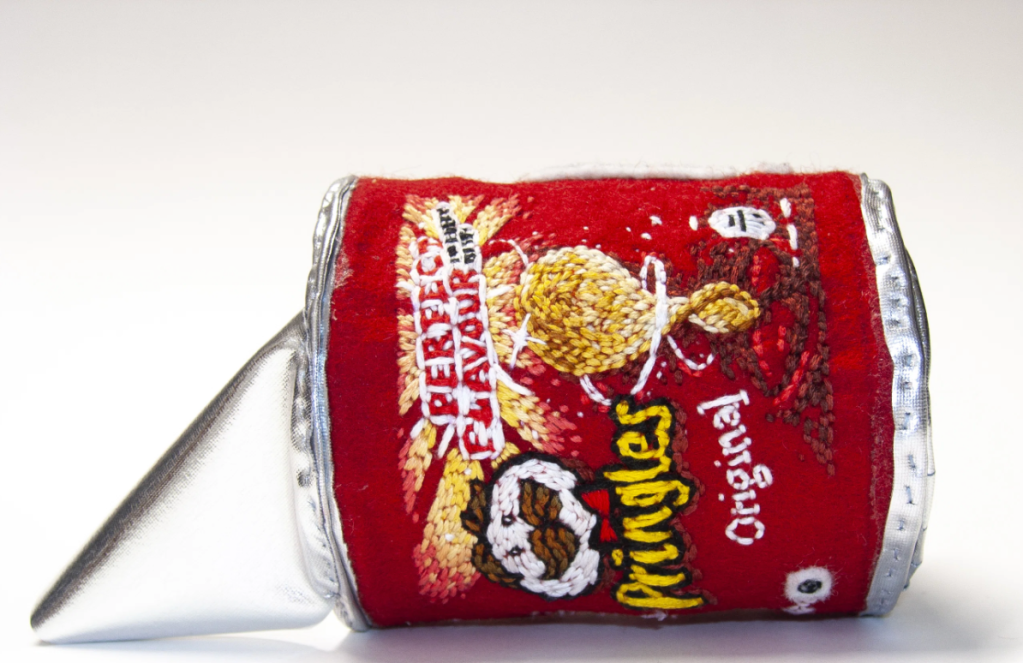In an age of consumerism, the way that items are packaged has an impact on how we perceive the object’s value. The influence of popular culture and endorsement suggests whether something is on trend, desirable or worthy. When this notion is displayed visually, an object’s value increases or decrease depending on what is popular at the time. Cultural conventions inform audiences about what is deposable and what is worth keeping and it is only when these boundaries are challenged that this perception changes. Lily Cole is a model and public figure that addresses how waste culture has evolved over time, in her book Who Cares Wins:
“The decision to waste, or the effort to resurrect, comes from a cultural mindset. For thousands of years, human communities actively discouraged waste. It was always uneconomic, impractical and even sometimes viewed as spiritually negligent.”
Popular images, people, scenes and trends create recognition within the world that we live in, as audiences are aware of their cultural influence and familiarity. Often these appear within disposable contexts, designed to serve instant gratification, such as magazines, movies, social media, and within advertising. However, when applied to a physical object that is crafted and tangible, a new longevity of a product and user experience is created.
This can be seen in the work of artist Dagmar Stap, who challenges the relationship between objects and the way that they are packaged. In his work Groceries (Copyright © Dagmar Stap, 2022), he takes popular brands and people, reinventing packaging by creating sewn pieces that are devised to be kept, rather than thrown away. The result is a body of work that demonstrates the importance of artistry and craft and its ability to influence the worth of an object, which in turn increases the longevity of a packaged product.



